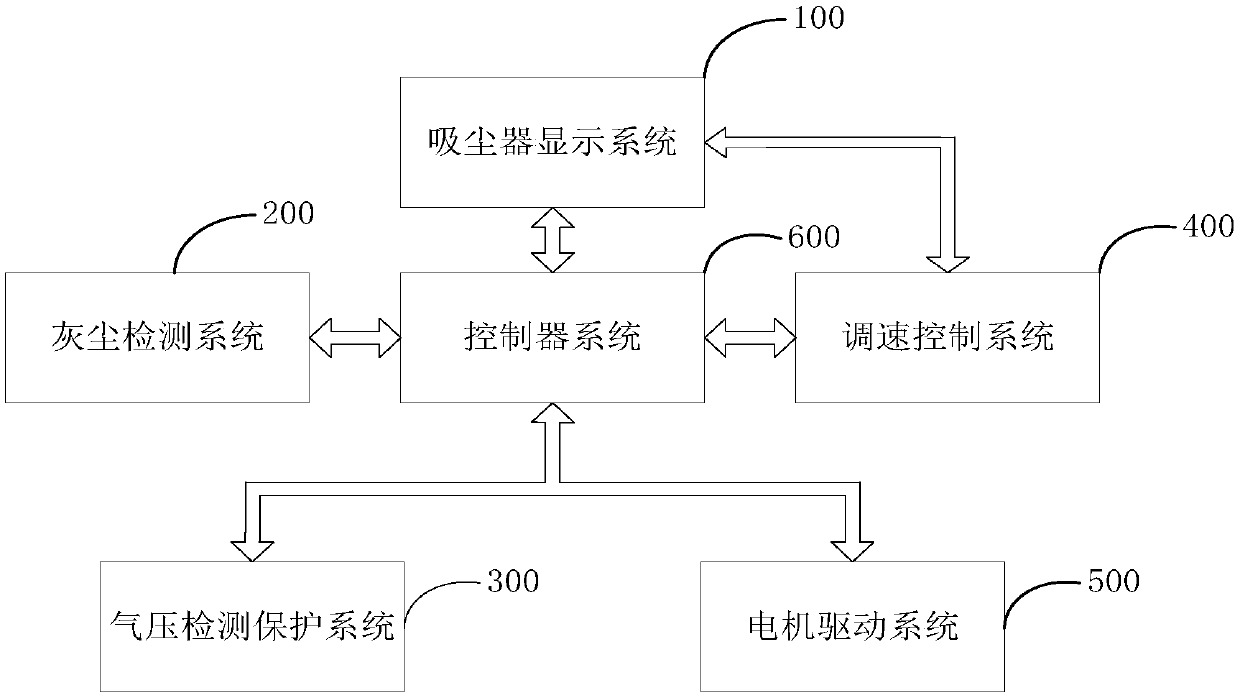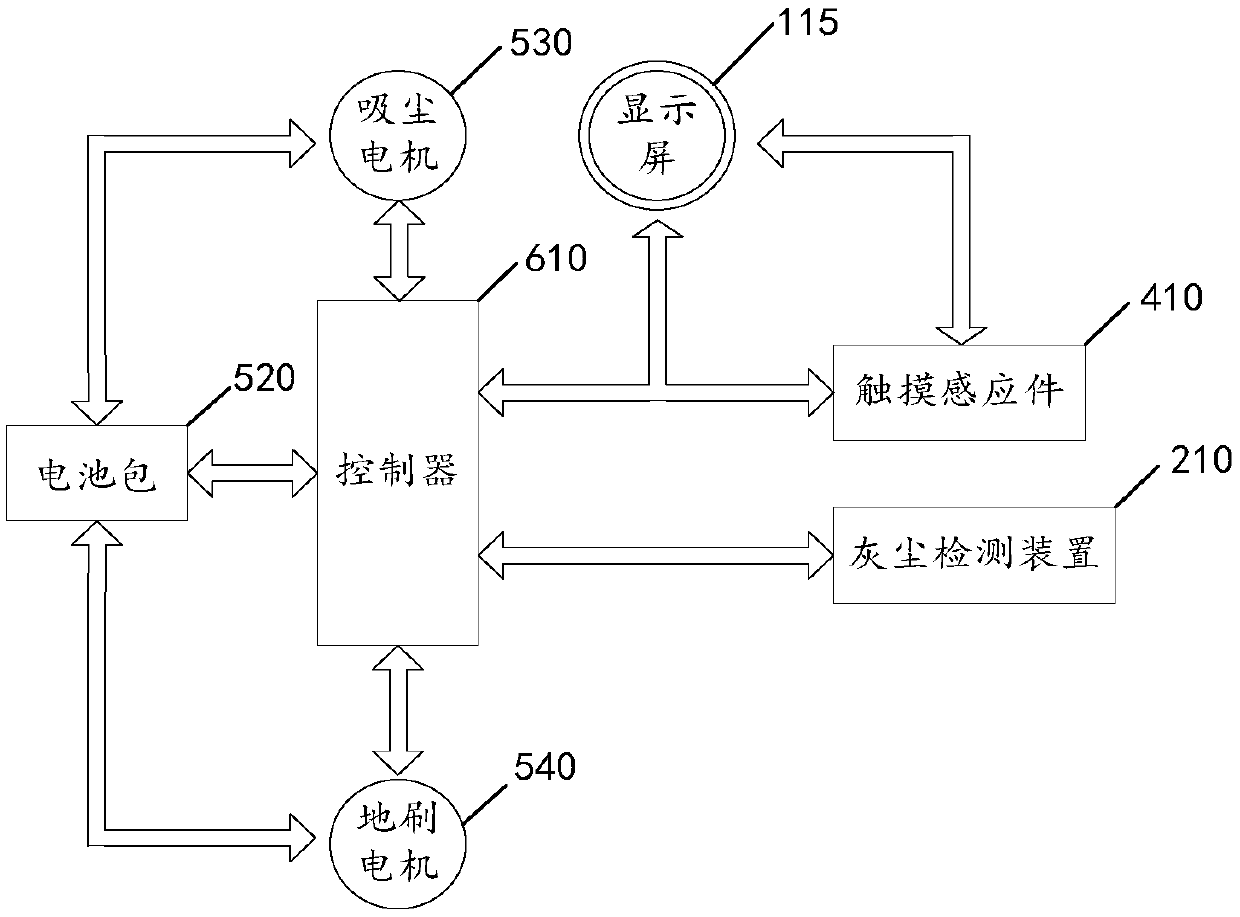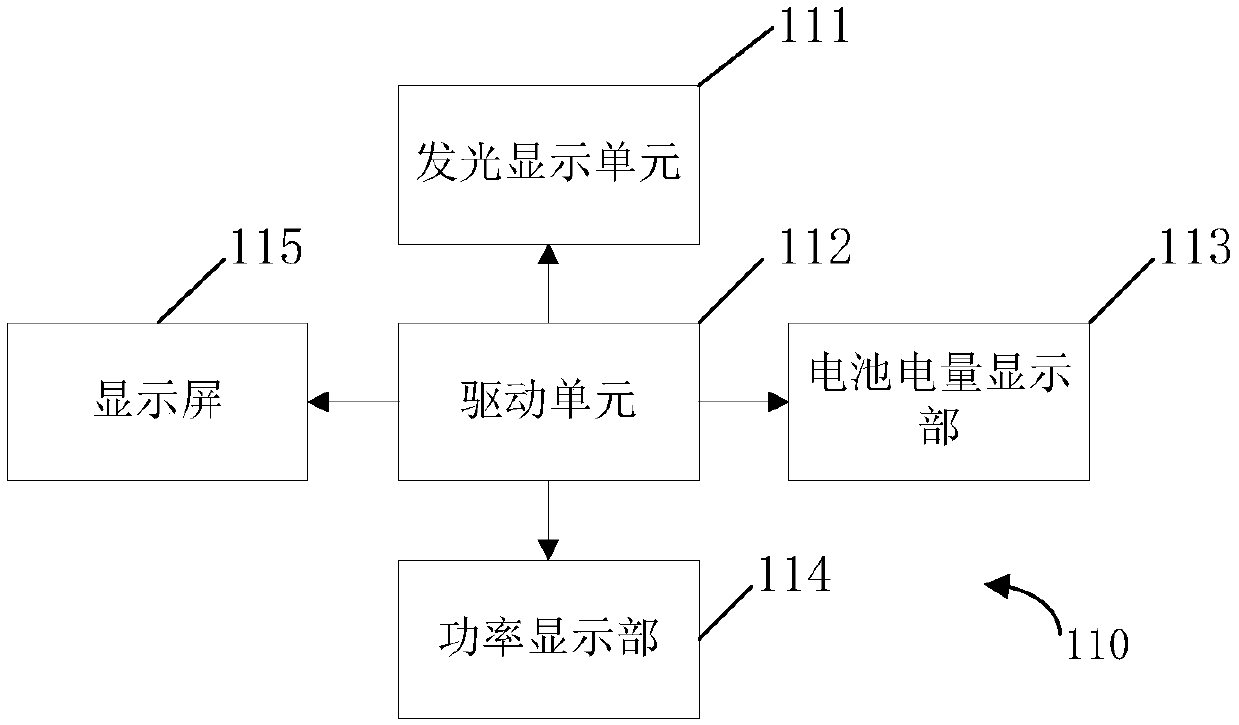Method for improving precision of dust detection sensor
A dust detection and sensor technology, applied in the field of sensors, can solve problems such as the reduction of dust sensor accuracy, and achieve the effect of improving measurement accuracy and measurement stability
- Summary
- Abstract
- Description
- Claims
- Application Information
AI Technical Summary
Problems solved by technology
Method used
Image
Examples
Embodiment Construction
[0047] In the following description, numerous specific details are set forth in order to provide a thorough understanding of the application. However, the present application can be implemented in many other ways different from those described here, and those skilled in the art can make similar promotions without violating the connotation of the present application. Therefore, the present application is not limited by the specific implementation disclosed below.
[0048] Please refer to figure 1 and figure 2 , figure 1 It is a logic block diagram among the various systems of the vacuum cleaner of this application; figure 2 It is a logical block diagram of some modules inside the vacuum cleaner of this application;
[0049] The present application provides a handheld vacuum cleaner, including: a vacuum cleaner display system 100 , a dust detection system 200 , an air pressure detection and protection system 300 , a speed control system 400 , a motor drive system 500 and a ...
PUM
 Login to View More
Login to View More Abstract
Description
Claims
Application Information
 Login to View More
Login to View More - R&D
- Intellectual Property
- Life Sciences
- Materials
- Tech Scout
- Unparalleled Data Quality
- Higher Quality Content
- 60% Fewer Hallucinations
Browse by: Latest US Patents, China's latest patents, Technical Efficacy Thesaurus, Application Domain, Technology Topic, Popular Technical Reports.
© 2025 PatSnap. All rights reserved.Legal|Privacy policy|Modern Slavery Act Transparency Statement|Sitemap|About US| Contact US: help@patsnap.com



